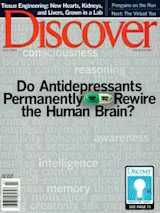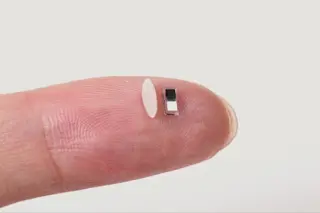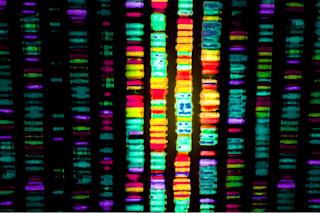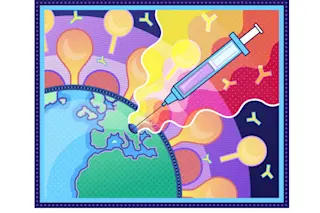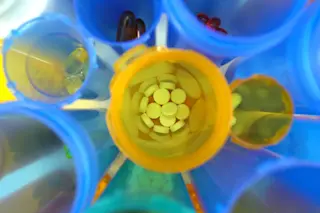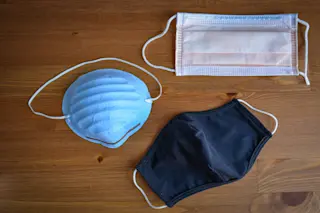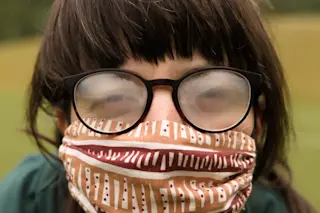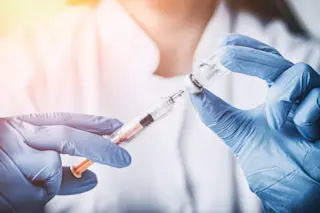2001 Awards IndexEditors' choice ElectronicsTransportationHealthEntertainmentAerospaceCommunicationsEnvironmentFinalistsThe Christopher Columbus Foundation Award
EDITOR'S CHOICE
LAURENCE M. CORASH
CERUS CORPORATION
CONCORD, CALIFORNIA
HELINX, BLOOD PURIFICATION TECHNOLGY
On a bench top in hematologist Larry Corash's lab sits a white plastic box 31/2 feet long and 1 foot high, sporting a control panel and a computer screen. Corash slides a tray out of the box, lays two plastic bags of blood plasma on it, closes the tray, hits a button, and waits. In just three minutes the box hands him the purest plasma on Earth. Every blood-borne disease-causing virus and bacterium lurking in it has been destroyed. "The bugs," as Corash calls them, are dead.
Each year, 90 million units of blood are siphoned out of the arms of willing donors in service to the sick. Blood banks screen each pint for hepatitis B and C, HIV, and syphilis. But they do not check for pathogens ...


